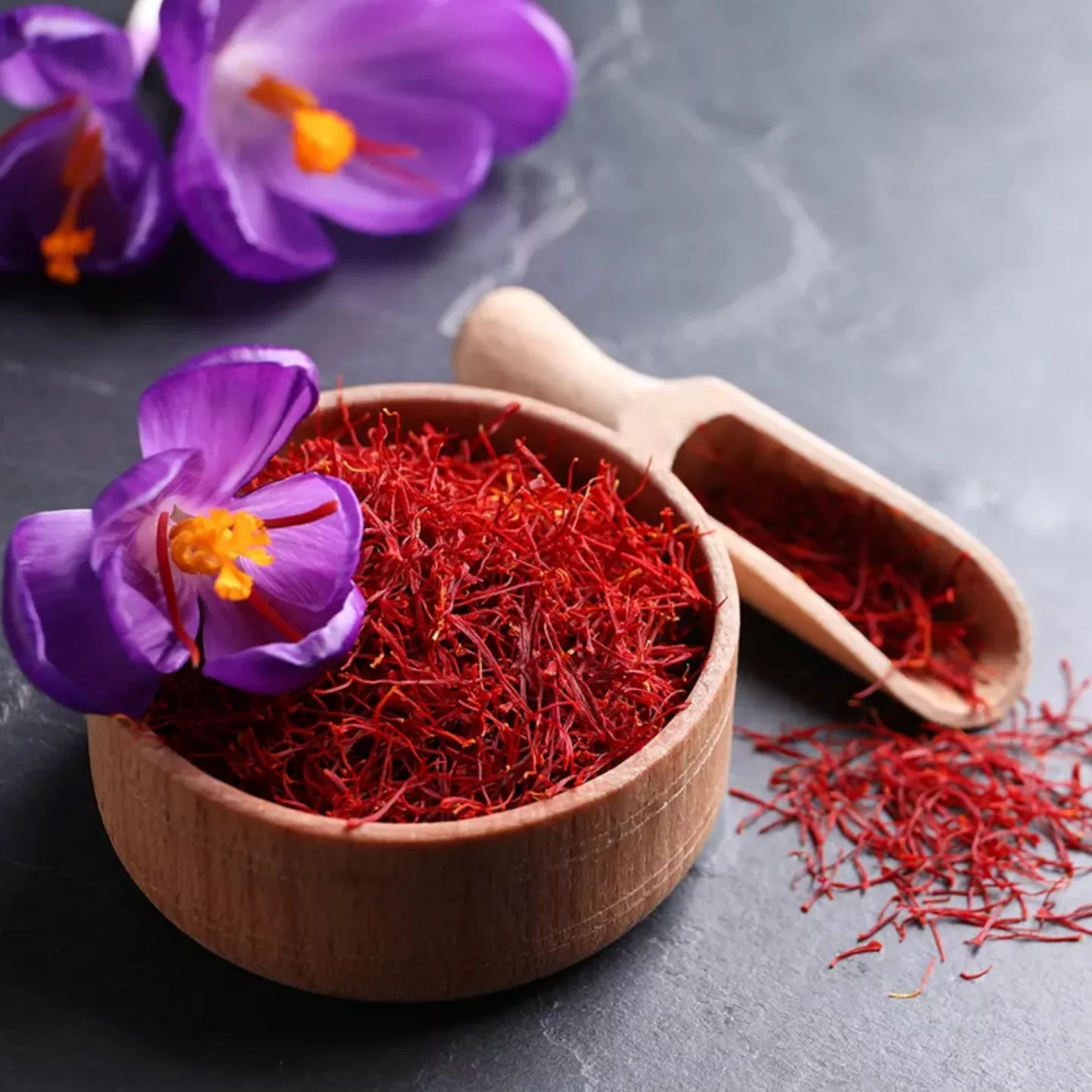Kashmiri Saffron – The Golden Spice of Paradise
Saffron, often referred to as “red gold,” is one of the most precious and sought-after spices in the world. Derived from the delicate stigmas of the Crocus sativus flower, saffron is celebrated for its rich flavor, vibrant color, and remarkable health benefits. Whether you’re a food lover, a traveler, or a history enthusiast, saffron has an incredible story to tell. Let’s dive into the fascinating world of this golden spice!
A Brief History of Saffron
Saffron has been cherished for thousands of years, with its origins tracing back to ancient Persia, Greece, and India. It has been used in royal kitchens, traditional medicine, and even as a dye for luxurious fabrics. Ancient civilizations believed in its mystical and healing properties, making it a prized commodity throughout history.
Where is Saffron Grown?
Today, saffron is cultivated in a few select regions, each known for its unique quality. The primary saffron-producing countries include Iran, India (particularly Kashmir), Spain, and Afghanistan. Among these, Kashmiri saffron is highly valued for its deep red color, strong aroma, and superior quality.
How is Saffron Harvested?
Saffron harvesting is an intricate and labor-intensive process. The flowers bloom for only a few weeks each year, and each flower produces just three tiny red stigmas. These stigmas are carefully hand-picked and dried to preserve their potent flavor and medicinal properties. It takes around 75,000 saffron flowers to produce just one pound of saffron, making it the most expensive spice in the world.
Culinary Uses of Saffron
Saffron’s delicate yet distinctive flavor makes it a prized ingredient in many cuisines. It is widely used in:
- Indian Cuisine – In dishes like biryani, kheer (rice pudding), and saffron-infused curries.
- Persian Cuisine – To add aroma and color to rice dishes like tahdig and sholeh zard (saffron rice pudding).
- Mediterranean Cuisine – A key ingredient in Spanish paella and Italian risotto.
- Beverages – Saffron is often used in teas, lattes, and traditional drinks like Kashmiri Kahwa.
Health Benefits of Saffron
Saffron is not just a culinary delight; it is also known for its powerful health benefits:
- Rich in Antioxidants – Helps fight free radicals and reduce inflammation.
- Boosts Mood and Mental Health – Studies suggest saffron may help alleviate symptoms of depression and anxiety.
- Enhances Skin Glow – Used in skincare for its brightening and anti-aging properties.
- Aids Digestion – Traditionally used to soothe stomach ailments and improve digestion.
Buying and Storing Saffron
To ensure you’re getting high-quality saffron, look for deep red strands with a strong floral aroma. Avoid powdered saffron, as it is more likely to be adulterated. Store saffron in an airtight container, away from sunlight, to preserve its potency.
Final Thoughts
Saffron is more than just a spice—it’s a symbol of luxury, culture, and tradition. Whether you’re using it in your kitchen, exploring its health benefits, or visiting saffron fields in Kashmir or Spain, this golden treasure is worth the experience. So, the next time you add a pinch of saffron to your dish, remember the rich history and effort behind this extraordinary spice!







